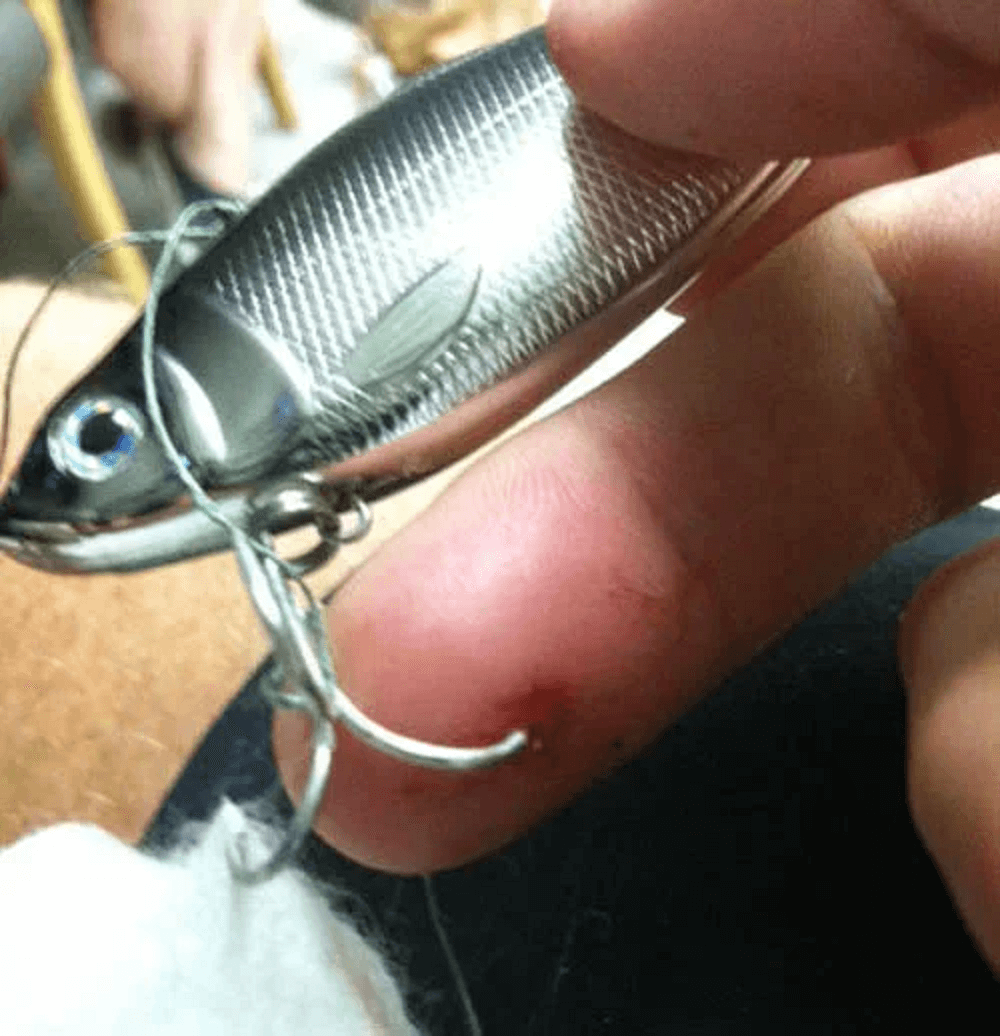Fishing is an enjoyable and popular activity enjoyed by millions of people worldwide. However, it is essential to take precautions when handling fishing equipment, especially fish hooks. Fish hooks are sharp, pointy objects that can easily pierce skin and cause serious injuries. In this blog, we will discuss the dangers of fish hooks, precautions to take when handling them, and what to do if you do get a fish hook stuck in your finger.
Dangers of Fish Hooks
Fish hooks are designed to pierce through the flesh of fish, making them sharp and dangerous tools. The sharp barbs on the hook can easily catch onto skin and cause injuries. If a fish hook penetrates deep enough into the skin, it can damage tendons, nerves, and blood vessels, leading to serious complications. Infection is also a common concern with fish hook injuries. If not treated correctly, an infection can spread and cause further damage to the affected area.
Precautions to Take When Handling Fish Hooks
When handling fish hooks, it is essential to take precautions to avoid injury. Firstly, always wear gloves when handling fish hooks, even when the hooks are not in use. Gloves can protect your hands from accidental punctures and barbs. Secondly, never touch the pointed end of the hook. Instead, hold the hook by the eye or the shank, which is the curved part of the hook. Thirdly, always handle fish hooks with care, especially when removing them from the fish. The fish's thrashing can cause the hook to become lodged deeper into the skin, leading to more severe injuries.

What to Do If You Get a Fish Hook Stuck in Your Finger
If you do get a fish hook stuck in your finger, it is essential to remain calm and not panic. Pulling the hook out forcefully can cause more damage to the affected area. Instead, follow these steps to remove the hook safely:
1. Assess the severity of the injury: If the fish hook has penetrated deep into the skin or if there is bleeding, seek medical attention immediately.
2. Cut the fishing line: Cut the fishing line as close to the hook as possible. This will prevent the hook from being pulled further into the skin.
3. Remove the hook: Push the hook through the skin until the barb is visible. Cut off the barb with wire cutters, and then gently pull the hook out of the skin in the opposite direction from where it entered.
4. Clean the wound: After removing the hook, clean the wound thoroughly with soap and water. Apply an antibiotic ointment and cover the wound with a sterile bandage.
Conclusion
Fish hooks can be dangerous tools if not handled properly. Always take precautions when handling fish hooks, including wearing gloves and handling them with care. If you do get a fish hook stuck in your finger, assess the severity of the injury and seek medical attention if necessary. With the proper precautions and knowledge, you can enjoy the sport of fishing safely.


7 Important Gauges in Your 4-Wheel Drive that You Need to Know About
Best Tips for Catching Murray Cod - Increase Your Chances